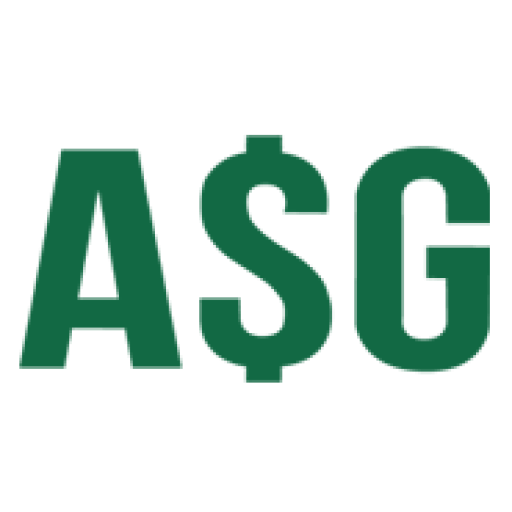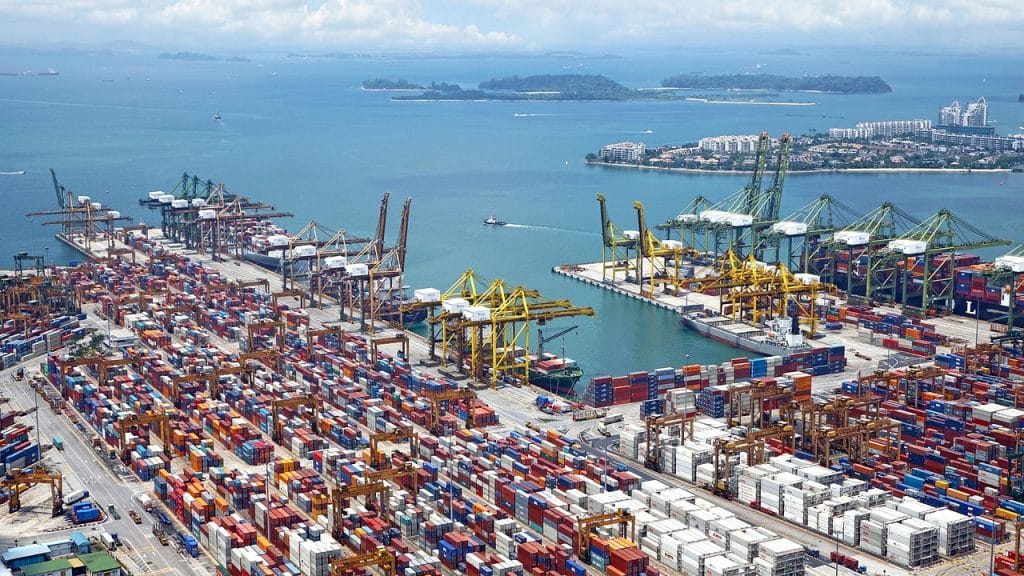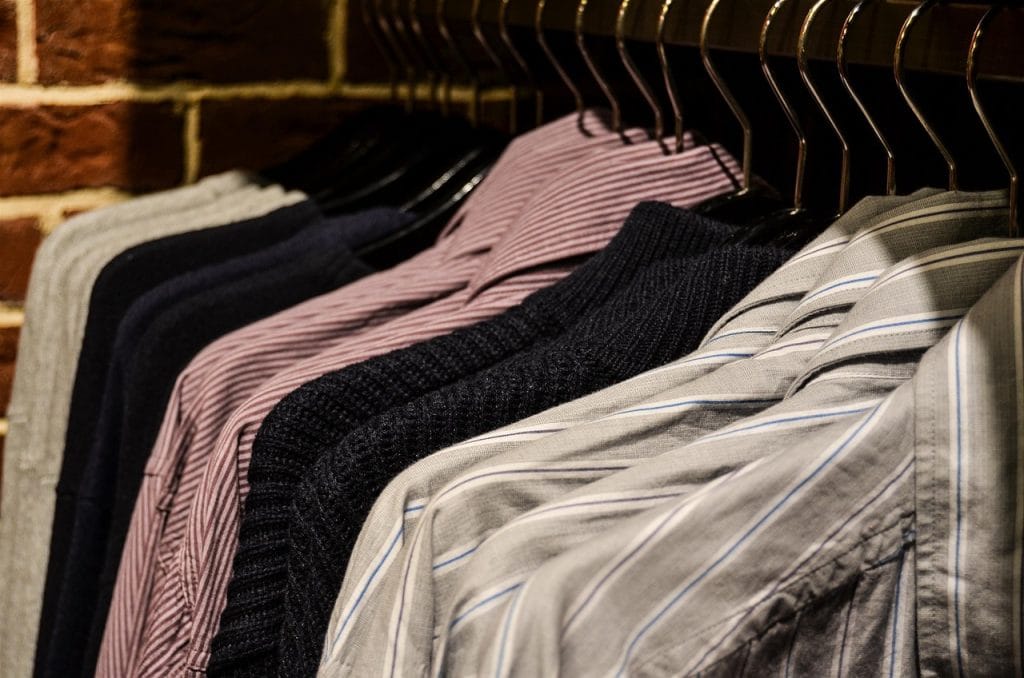How those trendy gadgets or stylish clothes make their way from factories in China to your countries? The answer lies in the fascinating world of importing. While it can be a rewarding experience, it’s also a journey filled with twists and turns.
In this guide, we’ll break down the importing process step-by-step, from sourcing reliable suppliers to ensuring smooth customs clearance. Whether you’re a seasoned importer or just starting out, you’ll find valuable insights and practical tips.
Check these Boxes Before Importing

Before you start importing, do your homework.
First, identify your import rights.
Make sure you’re legally allowed to import. Check with your local customs authority. They can provide information on import regulations. Some countries have restrictions on certain products. Others may require special licenses for importers.
Next, understand import regulations.
Each country has its own rules. These can be complex and change frequently. Stay up-to-date with current regulations. This includes tariffs, quotas, and prohibited items. Ignorance of the law is not an excuse. Violations can result in fines or legal issues.
Research international trade agreements too.
These can affect costs and procedures. Free trade agreements might reduce or eliminate tariffs. They can make certain products more competitive. The US-China trade relationship is particularly important to understand. Recent tariffs have impacted many product categories.
Finally, determine if you need special permits.
Some products require extra paperwork. This is especially true for food, drugs, electronics, and clothing importing. Check with relevant government agencies. They can provide guidance on specific requirements. Don’t skip this step. Failing to obtain necessary permits can lead to shipment seizures.
Select the Product to Source from China
Not all items can be imported freely. Some products face high tariffs. Others might be prohibited entirely. Research thoroughly before committing to a product.
Analyze market demand in your target area
Will people buy your product? Look at current trends. Consider competition in your market. A unique or in-demand product can set you apart. Use tools like Google Trends or Amazon Best Sellers for insights.
Evaluate profit potential
Make sure the numbers work in your favor. Consider all costs involved in importing. This includes product cost, shipping, taxes, and your markup. Ensure there’s enough margin for profit. Remember, unexpected costs can arise. Build in a buffer for these situations.
Finding suppliers
Use online directories like Alibaba or Made-in-China. These platforms host thousands of suppliers. They offer a wide range of products. You can compare prices and minimum order quantities easily.
Attend trade shows to meet suppliers face-to-face. The Canton Fair in Guangzhou is a major event. It happens twice a year. It’s a great place to see products in person. You can also build relationships with suppliers directly.
Consider visiting Yiwu Market. It’s a huge wholesale market in China. It’s known for small commodities. You can find everything from toys to electronics there. It’s a good option for sourcing a variety of products.
Check import records to see who others are buying from. This information is often publicly available. It can give you insights into successful importers. You might discover reliable suppliers this way.
Build a supplier network over time. Connections can lead to great deals. Cultivate relationships with multiple suppliers. This gives you options and bargaining power. It also provides backup if one supplier falls through.
Once you’ve found suppliers you can buy driect from china, verify them. This step is crucial. It helps avoid scams and ensures quality. Ask for samples to see product quality firsthand. Most legitimate suppliers will provide samples. Some may charge a fee, which is often refundable with an order.
Place small trial orders to test the waters. This allows you to assess the supplier’s reliability. Check delivery times, communication, and product quality. Start small before committing to large orders.
Conduct thorough quality checks. Ensure the products meet your standards. Consider hiring a third-party inspection service. They can check products before shipment. This extra step can save headaches later.
Cost Analysis and Budgeting
Hidden expenses can eat into your profits. Be thorough in your calculations.
Consider the product cost from the supplier
This is your base price. It’s usually negotiable, especially for larger orders. Don’t be afraid to ask for better pricing. Many suppliers in China (one of the biggest low-cost countries) expect some negotiation.
Shipping fees to get goods to your country
These can vary widely. Sea freight is cheaper but slower. Air freight is faster but more expensive. Get quotes from multiple freight forwarders. Compare prices and services carefully.
Don’t forget import duties and taxes.
These vary by product and country. Use online duty calculators for estimates. Be prepared to pay these fees upon import. They can significantly impact your final costs.
Include customs fees for processing your shipment
These are separate from duties and taxes. They cover the cost of customs clearance. The amount varies by country and shipment value.
Get insurance to protect your investment during transit
It’s a small cost for peace of mind. Accidents happen. Insurance covers you in case of loss or damage. Most freight forwarders offer insurance options.
Learn about Incoterms
They define responsibilities in international trade. They’re crucial for understanding shipping terms. EXW means you handle everything from the factory door. It’s the cheapest option, but requires the most work from you.
FOB means the supplier is responsible until goods are on the ship. It’s a popular option for sea freight. The supplier handles export clearance. You’re responsible from the port of origin onwards.
CFR includes cost and freight to your port. The supplier pays for shipping to your destination port. You’re still responsible for insurance and import costs. CIF adds insurance to CFR. It’s comprehensive but can be more expensive.
Always negotiate terms with suppliers. Better terms mean better profits for you. Discuss minimum order quantities. Ask about bulk discounts. Explore different payment terms. Every bit of savings counts in the import business.
Placing Orders and Making Payments
When you’re ready to order, be specific. Clearly describe what you want. Use detailed product specifications. Include sizes, colors, materials, and packaging requirements. Clear communication prevents misunderstandings.
Agree on payment terms
Know when and how you’ll pay. Common options include wire transfers and letters of credit. Each has pros and cons. Wire transfers are simple but offer less protection. Letters of credit provide more security but are complex.
Place the order
Use a formal purchase order. Include all agreed-upon details. This becomes your contract with the supplier. Keep a copy for your records. It’s crucial if disputes arise later.
Consider third-party inspections
These checks can ensure quality before shipment. They’re especially important for large orders. Inspectors can check product quality, quantity, and packaging. They provide reports before you approve shipment.
Envío y Logística
Choose your shipping method wisely. Each has its advantages. Sea freight is slow but cheap for large orders. It’s ideal for non-urgent, bulky items. Transit times can be 30-60 days or more.
Air freight is faster but more expensive. It’s best for high-value or time-sensitive goods. Transit times are usually 5-10 days. It’s also good for smaller shipments.
Rail freight offers a middle ground for some routes. It’s becoming popular for China-Europe trade. It’s faster than sea freight but cheaper than air freight. Transit times are typically 15-20 days.
Express shipment works best for small, urgent orders. Services like DHL or FedEx handle everything. They’re fast but expensive. Use them for samples or small products.
Don’t forget crucial logistics steps. Arrange transport by booking your shipment. Work with a reliable freight forwarder. They can handle paperwork and customs clearance. Get multiple quotes to find the best deal.
Get insurance to protect against loss or damage. It’s especially important for high-value shipments. Most forwarders offer insurance options. The cost is usually a small percentage of the shipment value.
Track your goods throughout their journey. Most shipping companies provide tracking services. Stay informed about your shipment’s location. Be prepared for potential delays. Communication is key in international shipping.
Be prepared for their arrival at your destination. Know the estimated arrival date. Arrange for storage if needed. Have funds ready for any import fees. Quick clearance avoids storage fees at the port.
Customs Clearance and Import Procedures
Clearing customs can be tricky. Understand the process for your country. It varies from place to place. Research your local customs procedures. Consider hiring a customs broker for complex shipments.
Prepare all necessary documents
You’ll need invoices, packing lists, and more. A commercial invoice details the goods and their value. The packing list shows what’s in each box. You may need certificates of origin or other specific documents.
Classify your goods correctly using HS codes
These codes determine import duties. Incorrect classification can lead to delays or fines. Use official customs websites for guidance. When in doubt, ask a customs broker.
Calculate and pay all required duties and taxes
These are based on the product’s value and classification. Payment is usually required before goods are released. Be prepared for these costs. Include them in your budget from the start.
Get a customs bond if needed for your imports
It’s often required for shipments over a certain value. A bond guarantees payment of duties and taxes. You can get single-entry or continuous bonds. Choose based on your import frequency.
Be ready for potential inspections
Your goods might be checked. Customs can open and examine shipments. This is random or based on specific criteria. Cooperate fully with any inspections. Honesty and transparency are crucial.
Once cleared, collect your goods promptly
Ports and airports charge storage fees. These can add up quickly. Arrange transportation to your warehouse or store. Inspect goods upon arrival for any damage during transit.
Post-Import Processes
After your goods arrive, check quality again. Ensure everything’s as ordered. Compare products to your original specifications. Check quantities and condition. Report any issues to the supplier immediately.
Store your products properly. Keep them safe and organized. Use appropriate storage methods. This maintains product quality. Good inventory management is crucial. It helps with reordering and prevents stockouts.
Plan your distribution strategy. Get products where they need to go. This might be to your own store or to other retailers. Efficient distribution saves time and money. Consider using a third-party logistics provider for complex needs.
Prepare items for sale. Make any final adjustments before selling. This might include repackaging or labeling. Ensure all products meet local regulations. Add any required warnings or instructions.
Compliance and Regulations
Stay compliant with all laws and regulations. This is crucial for long-term success. Non-compliance can lead to fines or legal issues. It can also damage your business reputation.
Know about tariffs, especially Section 301 affecting Chinese goods. These tariffs have significantly impacted US-China trade. They apply to many product categories. Stay updated on changes to these tariffs. Factor them into your cost calculations.
Meet all safety standards for your products. Different products have different requirements. Electronics might need FCC certification. Children’s products have strict safety standards. Research standards for your specific products.
Follow labeling laws precisely. Many products require specific labeling. This includes country of origin markings. Some need warning labels or care instructions. Incorrect labeling can lead to customs delays or fines.
Consider getting product liability insurance. It can protect you from unforeseen issues. This is especially important for certain product types. It covers you if a product causes harm or damage. The cost varies based on your products and sales volume.
Conclusión
Importing from China is complex but rewarding. It offers opportunities for significant profits. However, it requires careful planning and execution. Take it step by step. Do thorough research at each stage.
Don’t hesitate to ask for help when needed. Consider working with experts. Customs brokers, freight forwarders, and a sourcing company can provide valuable assistance. Their expertise can save you time and money.
Start small and learn from each shipment. Each import is a chance to improve your process. Keep detailed records of each transaction. Use this information to refine your strategies.
Build strong relationships with suppliers and service providers. Good relationships can lead to better terms and smoother operations. Communication is key in international business.
With careful planning and execution, you can build a successful import business. It takes time and effort, but the rewards can be substantial. Stay patient and persistent. Good luck on your importing journey!







-300x198.png)